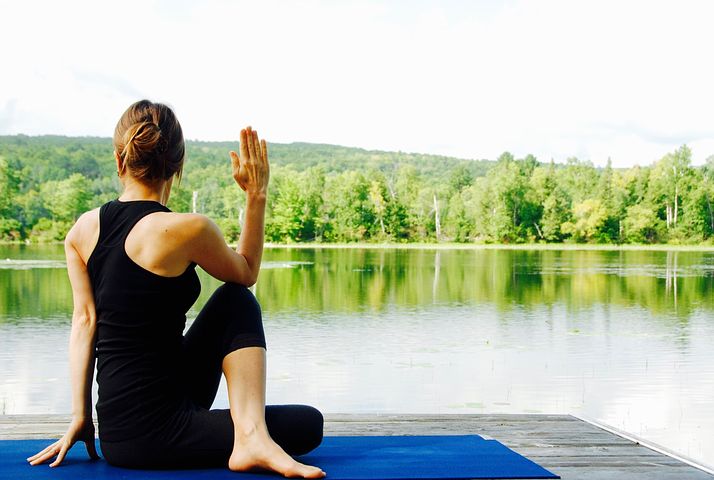Scoliosis is a condition that can appear in anyone for various reasons. Regardless of its early- or late-onset, the condition can cause serious damage to the spinal structure. Scoliosis treatment for adults may have become more common and effective, but there are still risks involved. People getting treated for the condition need to keep an eye on other activities they do to avoid hindering the effects of the treatment.
1 Watching Your Diet
The progression of scoliosis is closely associated with the patients’ diet. Since the condition is related to decreased bone density, individuals under treatment for scoliosis must include foods that promote bone health in their diet. Both foods and supplements with calcium and Vitamin D can improve the results of scoliosis treatment for adults.
The spine has a major role in maintaining the overall balance and posture of the body. With scoliosis, the muscles around the spine have to exert excess effort to maintain balance and posture. Hence, when an individual with the condition is overweight, these muscles remain overworked. For proper treatment and recovery, affected individuals must maintain healthy body weight.
2 Exercises to Stay Away From
When it comes to scoliosis, repeated shocks to the spine, spinal hyperextension, and relying on only one side of the body can exacerbate the condition. This is why sports such as tennis, golf, and bowling are highly unadvised for those who suffer from scoliosis.
Along with abnormal curvature and posture, scoliosis also comes with uneven muscle wear. So when patients participate in activities that work the muscles unevenly, it is bound to cause more muscle imbalance. Engaging in weightlifting, horseback riding, long-distance running and so on can be painful and long-lasting.
Sports that involve collisions, such as hockey, football, and soccer, must be avoided at all costs because they disrupt the course of scoliosis treatment. The list of exercises and sports that individuals with scoliosis must avoid can seem extensive, but this does not mean that their physical activity needs to be restricted.
3 Safe Movements for Scoliosis Patients
First things first, walking is the best form of physical activity that individuals with scoliosis can engage in. Walking is a safe option because it does not ruin the symmetry of the muscles involved in keeping the balance and doesn’t involve repeated shocks to the spine.
Flexibility and even working of the muscles are integral to restricting the progression of the condition. Walking offers exactly that to every individual, regardless of their fitness levels. No matter the pace you choose to walk in, there are numerous positive mental health effects to walking outdoors as well. Finally, walking is the simplest way to increase core strength in people with scoliosis.
Good core strength means that individuals have optimal spinal support and stabilisation, which makes a tremendous difference while getting treated for scoliosis. Apart from walking, planking is another way to maintain core strength. Since planks engage various muscle groups simultaneously, the pressure to maintain the body’s balance and posture is taken off the spine for a short period.
Final Thoughts
Different people are in different degenerative stages when affected by scoliosis. Thus, it is imperative to understand that picking a safe exercise or activity can differ for each person. The idea is to stimulate the muscles and supplement the treatment, not disrupt the process. Choose your foods, activities, and exercises wisely, and seek expert medical advice when in doubt instead of relying on hearsay or Dr Google.



